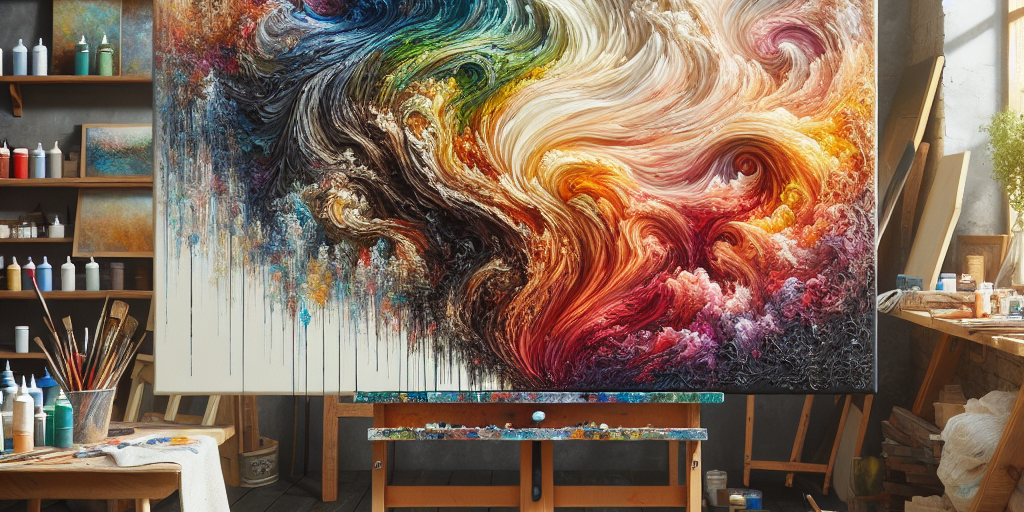Beyond the Canvas: The Significance of Transparency in the Art Industry
In recent years, the art industry has witnessed significant transformations, driven by technological innovation, evolving consumer expectations, and cultural shifts. Among these changes, one theme that has surfaced as a crucial factor is transparency. Transparency in the art world doesn’t just pertain to the physical attributes of artwork but extends to processes, provenance, pricing, and practices within the industry. As we delve into the significance of transparency, we uncover its profound impact on the art market, fostering trust, promoting authenticity, and democratizing this historically opaque sector.
Building Trust Through Clarity
Historically, the art market has been shrouded in mystery, often operating behind closed doors, with art dealers and auction houses wielding significant power. The lack of accessible information on provenance, condition, and pricing left many collectors and enthusiasts at the mercy of a few industry insiders. Such opacity led to uncertainties and skepticism, sometimes resulting in art fraud or overvaluation.
Transparency introduces clarity into these transactions, building trust between buyers and sellers. In an era where data is readily accessible, art collectors demand detailed information before making purchases. Accurate documentation regarding the history, ownership, and authenticity of an artwork enables informed decisions and reduces the risk of fraud. Blockchain technology, with its immutable record-keeping capabilities, has begun to play a pivotal role here, offering a digital provenance that tracks an artwork’s journey over time.
Promoting Authenticity and Accountability
Authenticity remains a cornerstone of the art industry. In an environment riddled with forgeries and misattributed works, transparency ensures the integrity of artworks. Providing clear proof of authenticity through expert assessments and technological means like digital certificates or blockchain-backed records instills confidence in buyers and sustains the industry’s credibility.
Moreover, transparency extends to industry accountability. Art institutions, including galleries and auction houses, are increasingly required to disclose transaction details, fees, and commissions. This openness reduces potential conflicts of interest and promotes fairness, thus fostering an ethical art market. Enhanced transparency standards press institutions toward responsible practices, benefiting artists, collectors, and the market ecosystem.
Democratizing the Art World
Transparency acts as a democratizing force within the art industry. By making information readily available, it lowers entry barriers, inviting diverse participants to engage with art and its markets. Traditionally, art collecting was perceived as an elite pastime, accessible only to the affluent. However, transparency in pricing and accessibility via online platforms has broadened participation. Emerging collectors can explore artworks, understand market values, and make purchases without intimidation or fear of exploitation.
The digital age amplifies the need and possibilities for transparency. Online galleries, virtual exhibitions, and social media provide unprecedented access to artists and their creations, bridging gaps between creators and audiences. These platforms encourage artists to display their works to a global audience, breaking the monopoly of traditional art hubs and opening the market to diverse voices.
Conclusion
Transparency transcends being a mere buzzword in the art industry; it is a paradigm shift that aligns with broader societal movements towards openness and accountability. As art continues to be a reflection of human experiences and values, its industry must resonate with the principles that build connections and foster trust. Beyond the canvas, transparency becomes an essential brushstroke, shaping a vibrant and inclusive art world. By embracing this change, the art industry not only preserves its rich heritage but also ensures a future teeming with innovation, integrity, and inclusivity.







